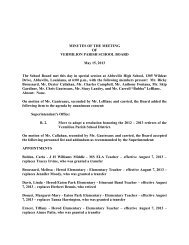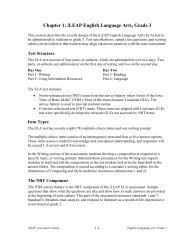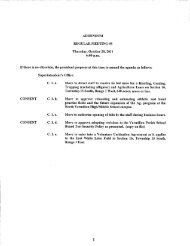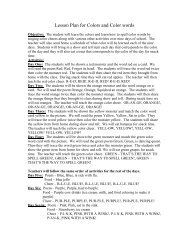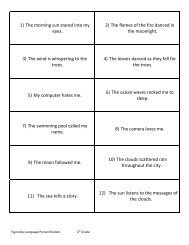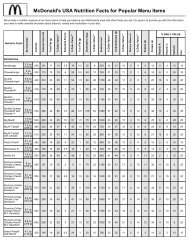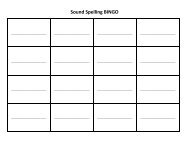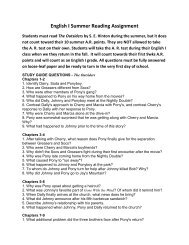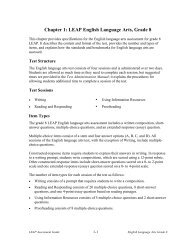Chapter 4: iLEAP Social Studies, Grade 6
Chapter 4: iLEAP Social Studies, Grade 6
Chapter 4: iLEAP Social Studies, Grade 6
- No tags were found...
Create successful ePaper yourself
Turn your PDF publications into a flip-book with our unique Google optimized e-Paper software.
Most of the grade 6 GLEs are eligible for assessment on the <strong>iLEAP</strong> <strong>Social</strong> <strong>Studies</strong> test.Some, however, do not lend themselves to testing on a statewide assessment in multiplechoiceformat. For the Civics and Economics strands, GLE numbers 11, 12, 13, and 14 arenot directly measured by questions in the grade 6 <strong>iLEAP</strong>. In addition, GLE numbers 15, 17,18, 20, and 21 focus on historical thinking skills that require students to use outside resourcesunavailable during the test; therefore they cannot be assessed in a multiple-choice format.Finally, in accordance with the Comprehensive Curriculum, GLE numbers 45, 46, 47, 48, 49,50, and 52 may not be taught prior to the spring test administration and therefore will not beassessed. It is important, however, that the skills represented by these GLEs are taught at thisgrade level to prepare students for classroom assessment purposes as well as the grade 8LEAP test.Explanation of Codes:GLEs are numbered consecutively in each grade level and grouped by strand and thematiccategory. For example:Strand:Categories:GeographyA. The World in Spatial TermsB. Places and RegionsC. Physical and Human SystemsD. Environment and SocietyBenchmarks are organized into three or four thematic categories within each strand:Geography, Civics, Economics, and History. These categories (e.g., Places and Regions, orHistorical Thinking Skills) provide further content definition by highlighting the underlyingthemes within the domain of each strand.Benchmarks are coded by strand, standard, category, and grade cluster (E, M, H). The firstterm in the code always refers to the strand. The second term gives the standard number andcategory. The third term indicates the grade cluster and benchmark number. The fourth partindicates the GLE number.Table 15 provides two examples of benchmark codes.CodeG-1B-E1-16Table 15: Examples of <strong>Social</strong> <strong>Studies</strong> CodesTranslationGeography, Standard 1, Category B, Elementary Benchmark 1,GLE 16H-1A-H3-9 History, Standard 1, Category A, High School Benchmark 3, GLE 9<strong>iLEAP</strong> Assessment Guide4-4<strong>Grade</strong> 6 <strong>Social</strong> <strong>Studies</strong>



